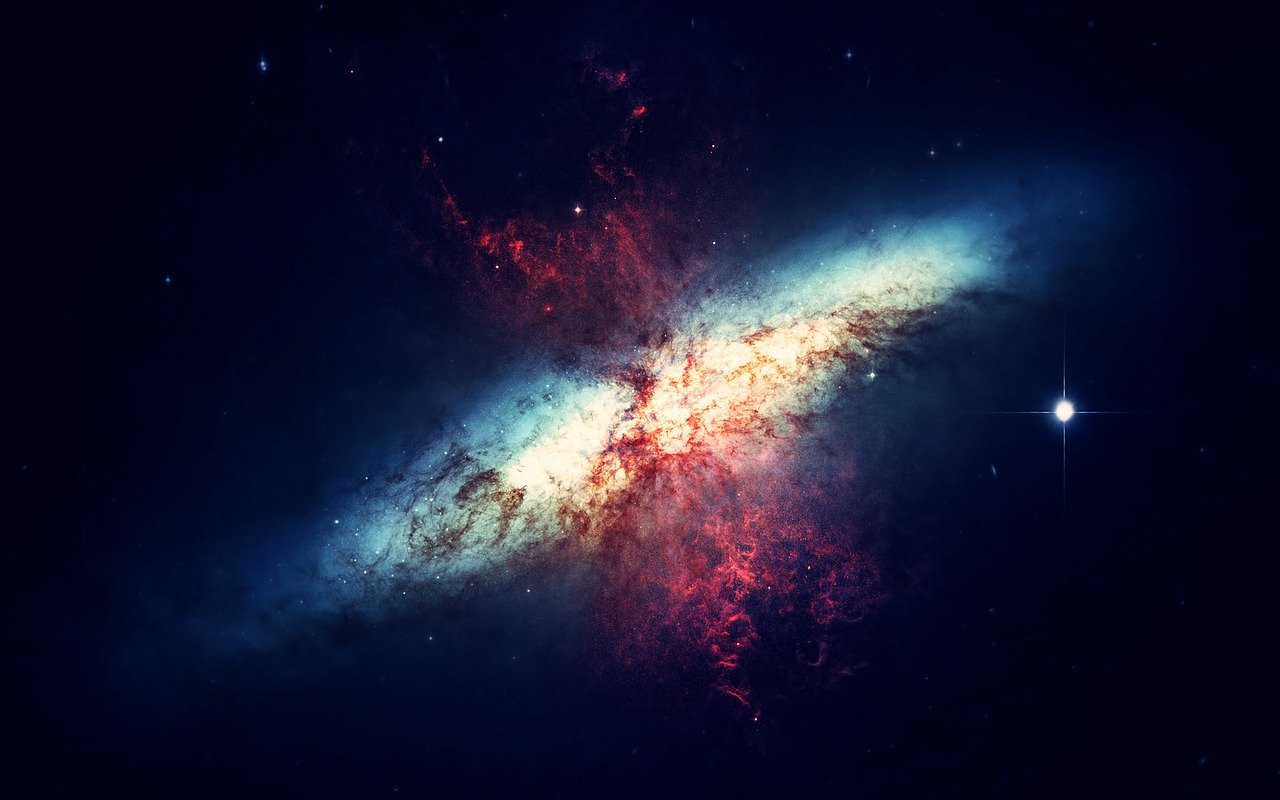
Could a New Mission Show Us Our Past?
Two of the most mysterious substances in the universe are dark energy and dark matter. Together they make up a little more than 95% of our universe, yet we know next to nothing about them. What we do know, however, is that while it cannot be directly observed, its effects can be clearly seen through its gravitational effects on nearby stars or galaxies.
Through the Hubble space telescope, scientists have begun to gather more information about it. Although the telescope has made hundreds of historical discoveries, it’s been in operation for nearly 30 years. Over this time, more cutting edge technology has been created. Telescopes like TESS and JamesWebb are part of the new generation of telescopes used scan the night sky.
One of the newest missions, named WFIRST, was just approved by NASA. This mission will focus on unraveling the mystery of dark matter, finding more exoplanets, and increasing our knowledge in the area of infrared astrophysics.
Equipped with a pandemic view 100 times the size of Hubble, WFIRST is on its way to joining the newest generation of space technology. Throughout the mission, it will also complete a census of the planetary systems in the galaxy by using a technique called microlensing. Using another method called coronagraph, WFIRST will block the light from host stars in order to get a clear and unobscured view of the planet.
Just a few days ago, WFIRST completed its program and technical milestone, enabling it to proceed toward hardware development and test. Set to launch in mid 2020, WFIRST will widen our knowledge of the universe and set us one step closer to understanding our origins.






Tagged #cassini, #clouds, #hexagonalstorm, #magneticfield, #saturn